Daf Yomi
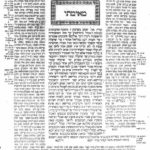 This would, no doubt, turn into a massive page during the project going through the entire cycle. What I’m going to do is put the section of whichever tractate I’m currently going through on this page, and as I finish them during the cycle, I’ll move the finished one onto a separate linked sub-page. I’m going to organize it as an outline so it’s reasonably easy to follow. I’m also, while well aware of the deep spiritual stuff that’s going on in each discussion, not going to go down that path – there are a zillion websites and commentaries that already do that. In general, I find the idea of a glimpse of a historical culture from what amounts to transcripts of conversations between spiritual and secular leaders to be fascinating, and not surprisingly, for me, I’m particularly drawn to topics that relate to food and wine, sexuality, and comedy.
This would, no doubt, turn into a massive page during the project going through the entire cycle. What I’m going to do is put the section of whichever tractate I’m currently going through on this page, and as I finish them during the cycle, I’ll move the finished one onto a separate linked sub-page. I’m going to organize it as an outline so it’s reasonably easy to follow. I’m also, while well aware of the deep spiritual stuff that’s going on in each discussion, not going to go down that path – there are a zillion websites and commentaries that already do that. In general, I find the idea of a glimpse of a historical culture from what amounts to transcripts of conversations between spiritual and secular leaders to be fascinating, and not surprisingly, for me, I’m particularly drawn to topics that relate to food and wine, sexuality, and comedy.
- Seder Zeraim – “Book of Seeds”
- Berakhot – “Blessings” – Blessed things, actions, and events
- I hit a momentary “WTF?” when Berakhot finished and we didn’t move on to Pe’ah, the next tractate in Zeraim. Apparently the remaining ten tractates in Zeraim do not have Gemara commentary in the Babylonian Talmud, just the Jerusalem Talmud, which the Daf Yomi doesn’t cover. Despite living in a predominately agrarian society, the Babylonian rabbis apparently had nothing to say on agriculture and related subjects like tithing, offerings, and challah bread. Though now I get “Book of Seeds”, I do feel a bit cheated and I want to know if there’s a good challah recipe in there. My plan is to at some point read through the various tractates throughout the Talmud that aren’t included in the Daf Yomi, just out of curiosity. I’ll put those in a different color so that they stand out.
- Pe’ah – “Corner” – Pay it Forward
- Demai – “Doubtful” – Provenance and Taxes
- Kil’ayim – “Mixed Species” – Mixing it up in the Fields
- Shevi’it – “Seventh” – Taking a Sabbatical from Life
- Terumot – “Donations” –
- Ma’aser Rishon – “First Tithes” –
- Ma’aser Sheni – “Second Tithes” –
- Challah – “Dough” –
- Orlah – “First Fruits of Trees” –
- Bikkurim – “First Fruits” –
- Berakhot – “Blessings” – Blessed things, actions, and events
- Seder Moed – “Book of Festivals”
- Shabbat – “Sabbath” – The Day of Rest
- Eruvin – “Community Spaces” – Creating Shared Space
- Pesachim – “Passovers” – Recreating the Jewish People
- Shekalim – “Shekels” – Taxes of Renewal
- Yoma – “The Day” – Hard to Say I’m Sorry
- Sukkah – “The Hut” – Founding the Jewish Nation
- Beitza – “The Egg” – Making it all Social
- Rosh Hashanah – “Head of the Year” – Finding Yourself in Time
- Ta’anit – “The Fast” – Hunger Strikes
- Megillah – “Scroll” – Rules of the Read
- Mo’ed Katan – “Little Festival” – What Can You Do?
- Chagigah – “Festival Offering” – Nu, What Can I Bring?
- Seder Nashim – “Book of Women”
- Yevamot – “Brother’s Wife” – Clan Survival
- Ketubot – “Written” – I Do
- Nedarim – “Vows” – I Won’t
- Nazir – “Abstinent” – I’m Yours Forever… or a Month
- Sotah – “Errant Wife” – How Can I Trust You Again?
- Gittin – “Divorce Documents” – Parting Glances
- Kiddushin – “Betrothal” – You’re Mine, All Mine!
- Seder Nezikin – “Book of Damages”
- Bava Kamma – “The First Gate” – Who’s Responsible?
- Bava Metzia – “The Middle Gate” – Who Owns the Truth?
- Bava Batra – “The Last Gate” – You’re Responsible, and Here’s Why
- With great… property… comes great responsibility. Pre-diving-in that seems to be the message we’re about to delve into. And we’re in for quite a ride. Bava Batra is the longest tractate in the entire Talmud, coming in at 176 pages, so it’s going to occupy us for the next six months. This is also one of the few tractates that is not an exposition on a section of the Torah, and is instead a codification of Jewish oral law around the rights and responsibilities of property owners.
- 9/6/24, Chapter 5, Page 73 – It’s a pissing contest for which sage can tell the most ridiculously exaggerated story. It’s not clear how it got started, but we have mountain sized antelopes, a tree big enough for a raven who ate a snake who ate a frog as big as a fort, a fish big enough to feed sixty neighborhoods and whose bones are sufficient to rebuild entire towns, an ax falling into a pit so deep that it’s been falling for seven years, and more. Stoned. That’s what they are. Stoned.
- 9/7/24, Page 74 – A series of tales from Rav Yehuda, of India. He pays particular note to the sea oryx, a massive horned sea creature. In fact, it is so big, that after he created it, God realized that if the one male and one female sea oryx currently in existence were to have a child, it would be so big it would destroy the world. So he castrates the male and kills the female, and salt cures her flesh. And then opines that salt cured fish is delicious, but salt cured meat is not. Let me go make some pasta with guanciale for him.
- 9/8/24, Page 75 – The tales have turned to the infamous Leviathan, and among the various stories about the huge waves he causes when swimming and his atrociously bad breath, we have a story of Rabbi Yohanan describing a vision of the future. One of his students sneers at him, unbelievingly. Later the student sees the vision coming to pass, returns to Yohanan, apologizes and asks to be reaccepted. Yohanan, instead, turns the evil eye on him and reduces him to a pile of bones. Don’t mock the teacher.
- 9/9/24, Page 76 – This is the sort of thing that falls into the “why people hate lawyers” category. Someone buys a promissory note, an IOU, from a lender. Now, to any normal person, he bought it for the purposes of collecting the debt. But no, the borrower’s advocate asserts that all the person bought was a piece of paper, not the debt owed, because no contract was written that specified he acquired the lien, and since the original lender doesn’t have proof of the loan anymore….
- 9/10/24, Page 77 – We’re back to what more or less amounts to “furniture and fixtures”, just for non-land properties. If you buy a boat, do you buy it’s cargo, or its slaves? If you buy an ox, do you buy its yoke, or its plow? As with real-property, only if it’s specified in the written contract are things which are not physically a part of what you’re buying included. I’m sure this page is a setup for all the exceptions to be listed in the coming pages.
- 9/11/24, Page 78 – Not surprisingly given the last pages, if you sell a donkey, you don’t sell its saddle, harness, and saddlebags unless specified in the contract. If you sell a wagon, it doesn’t come with the mules… unless specified in the contract. If you sell a cow, the sale doesn’t include its calf. But, in a weird twist, and without a coherent explanation, if you sell a donkey, its foal is automatically included. Always.
- 9/12/24, Page 79 – If you consecrate something like a well, dunghill, dovecote that is filled with, respectively, water, manure, doves, and then use those for your own benefit, you are guilty of both misuse of and deriving benefit from consecrated property. If you consecrate those things when empty, and later fill them and use them, you are only guilty of misuse. Because, you can’t transfer or consecrate ownership of something which doesn’t yet exist.
- 9/13/24, Page 80 – Although the subjects of the discussion are, on the surface, doves, bees, and olive trees, it quickly becomes clear that the rabbis are using these, to some extent, as a metaphor. The underlying theme is that mothers are attached to their daughters, but the feeling is not necessarily reciprocated, and this looks to open up quite the line of rulings related to obligations to either mother or daughter. We shall see in upcoming pages.
- 9/14/24, Page 81 – The rabbis argue over whether there are seven or ten varieties of cedar tree. The seven they agree on are: cedar, acacia, myrtle, balsam, cypress, teak, and juniper. The three in contention are: pistachio, oak, and coral. What we learn from this is that the rabbis hadn’t a remote clue about tree taxonomy.
- 9/15/24, Page 82 – Earlier we saw that if a seller sells some trees to a buyer, the buyer acquires the land immediately around them in order to be able to harvest the fruits. On and off since, there were passages that refined this, and even talked about rights of way to get to the trees. The question arises of whether new shoots that appear near to those trees are a part of them, or new, separate trees – as this could extend the buyer’s property rights. Recommendation to seller, tear out new shoots as soon as you see them.
- 9/16/24, Page 83 – If a seller sells something to a buyer that is inferior to the quality promised, the buyer can cancel the sale. If the quality is better than promised, the seller can cancel the sale. If it is the quality promised, be it good or bad, neither can cancel the sale.
- 9/17/24, Page 84 – Are vinegar and wine the same thing or a different thing? The rabbis argue over whether fundamentally, they are the same product, simply in different states. And how does that affect the sale of a barrel of either wine or vinegar, if the other is received? After all, a cook may prefer vinegar, while a businessman may prefer wine. Regardless of its existential state, one might think that the buyer wants the product in the state they contracted for, not the other.
- 9/18/24, Page 85 – When, in a transaction, does the buyer take possession of an object being sold? The sages debate, and much of the answer is determined by where the sale takes place – buyer’s property, seller’s property, public property, or neutral property; and, much is determined by what the object is placed into – does the container in which it’s placed belong to the buyer or seller? As usual, the debate goes on. And on.
- 9/19/24, Page 86 – A thief steals a “purse”, a bag or other container of money and valuables… on the Sabbath… and carries it out into the public domain as he escapes. He has violated two laws – theft, and working/carrying on the Sabbath. The question arises if he is liable for both, since it is one act? This is an important question, because the punishment for the first is a fine and/or jail time, while for the second, death. Arguments abound in both directions, as always.
- 9/20/24, Page 87 – An interesting approach to salaries. The rabbis consider the case of a worker who is hired to perform a job that is not year-round, that is seasonal. Various arguments are argued, but the upshot is, that there is a minimum acceptable wage per day of work, and only two payment schemes are acceptable – either pay them at least that per day during the work season, or, hire them on an annual basis and pay them the equivalent, spread out over the year.
- 9/21/24, Page 88 – In the ultimate “Do Not Touch the Merchandise” moment, the rabbis rule that if a buyer is in a store and picks something up, and a robber comes in at that moment and robs the store, including whatever is in the buyer’s hands, the buyer is liable for the theft of that item.
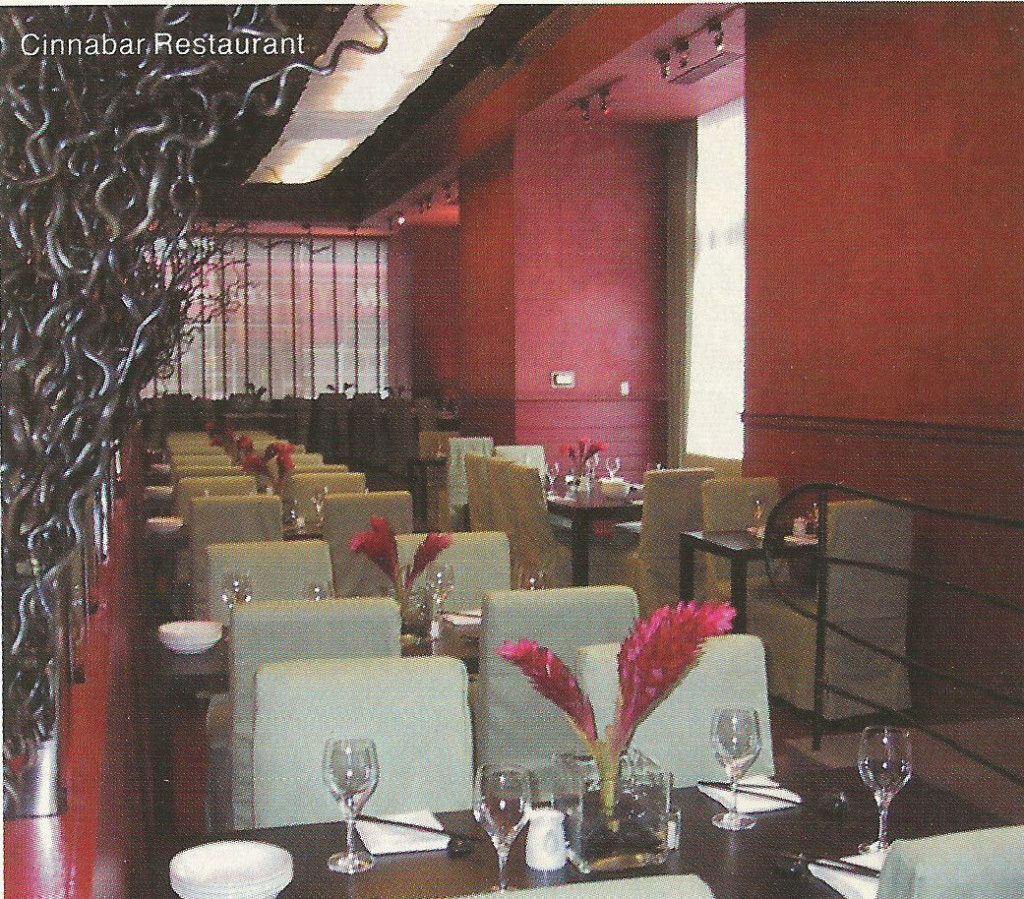
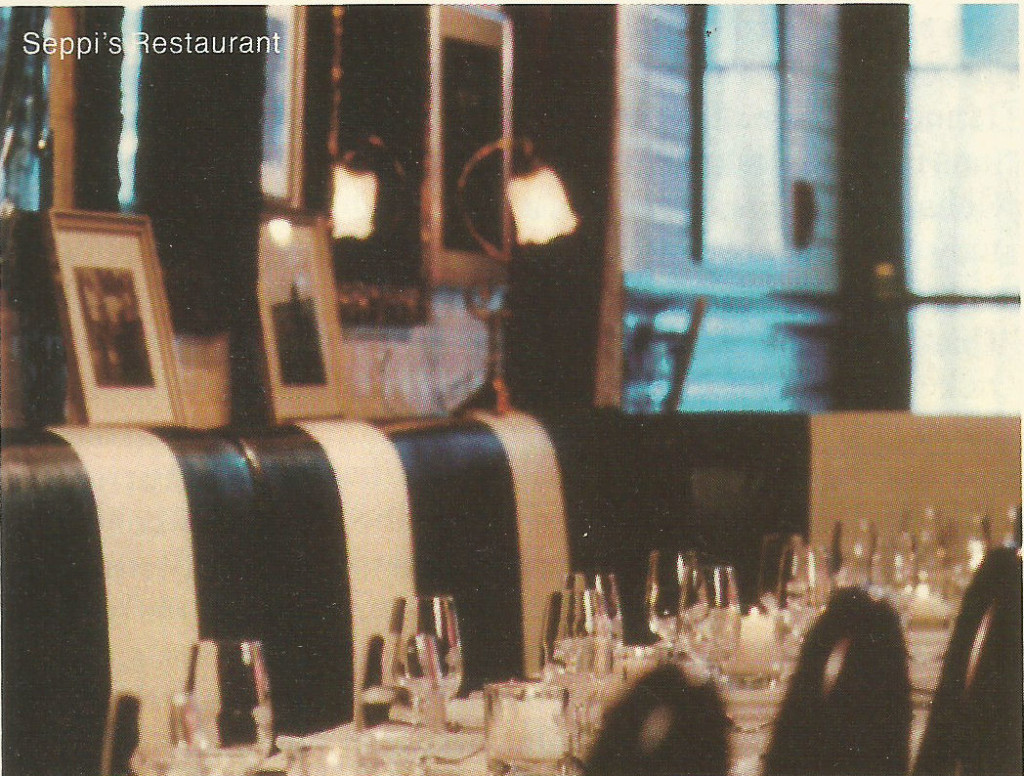
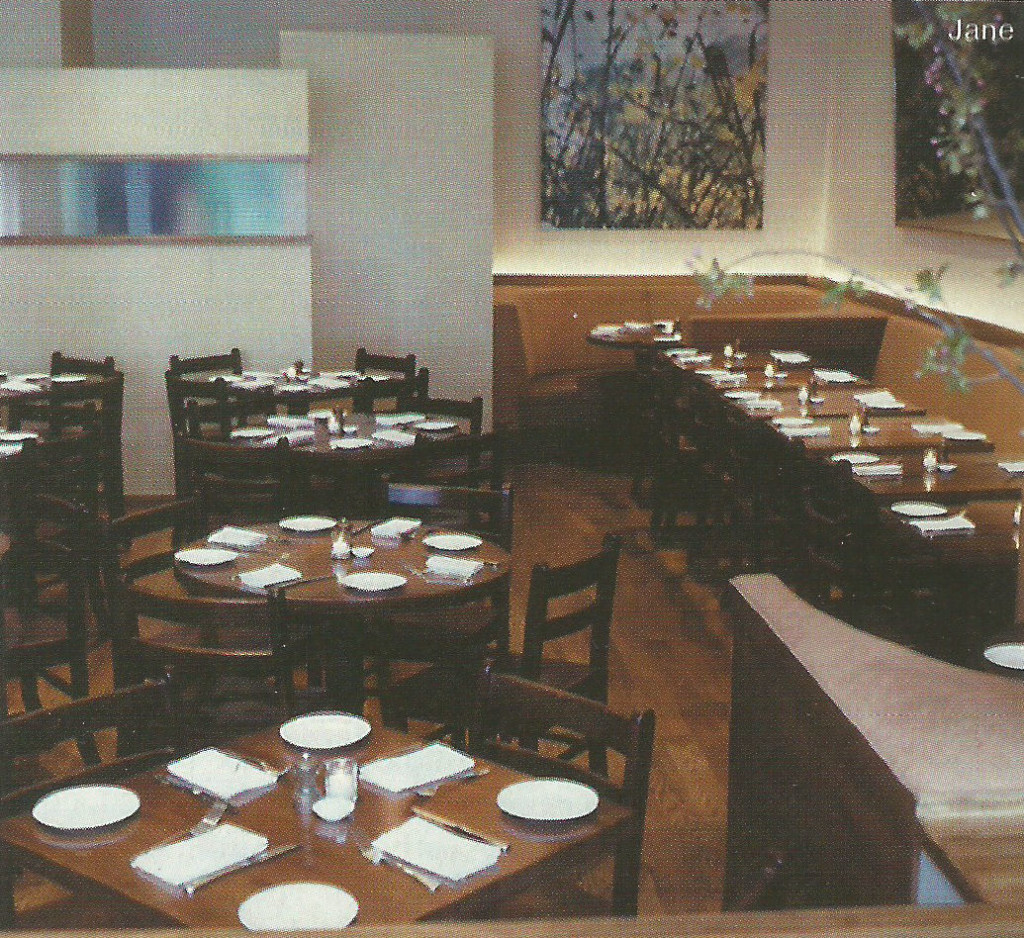
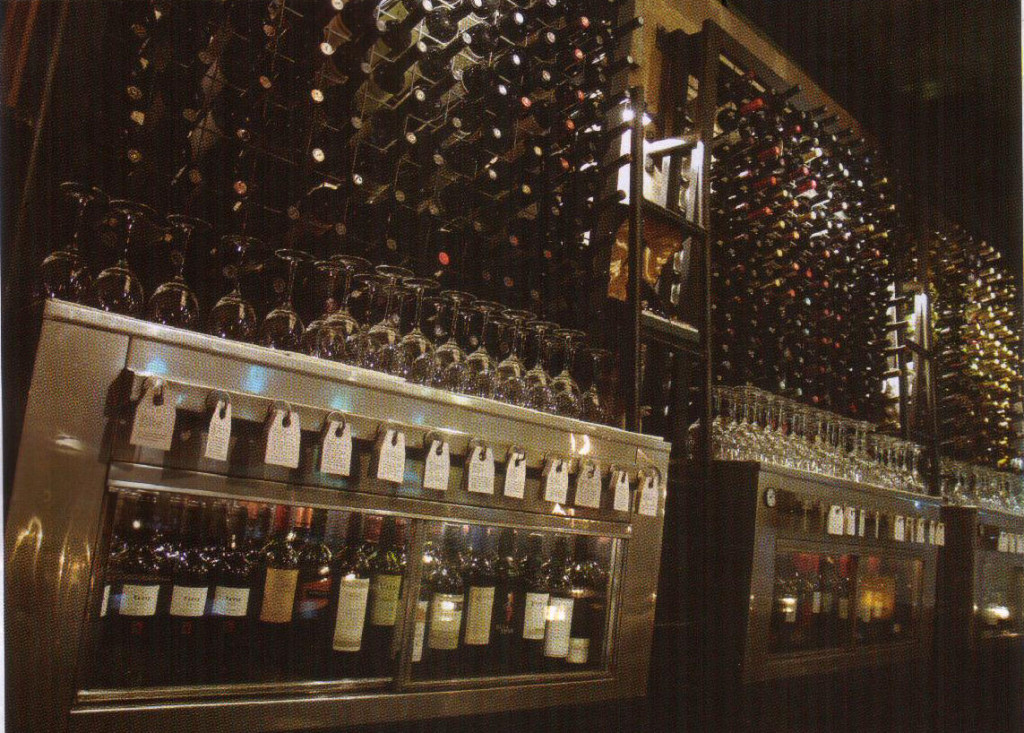
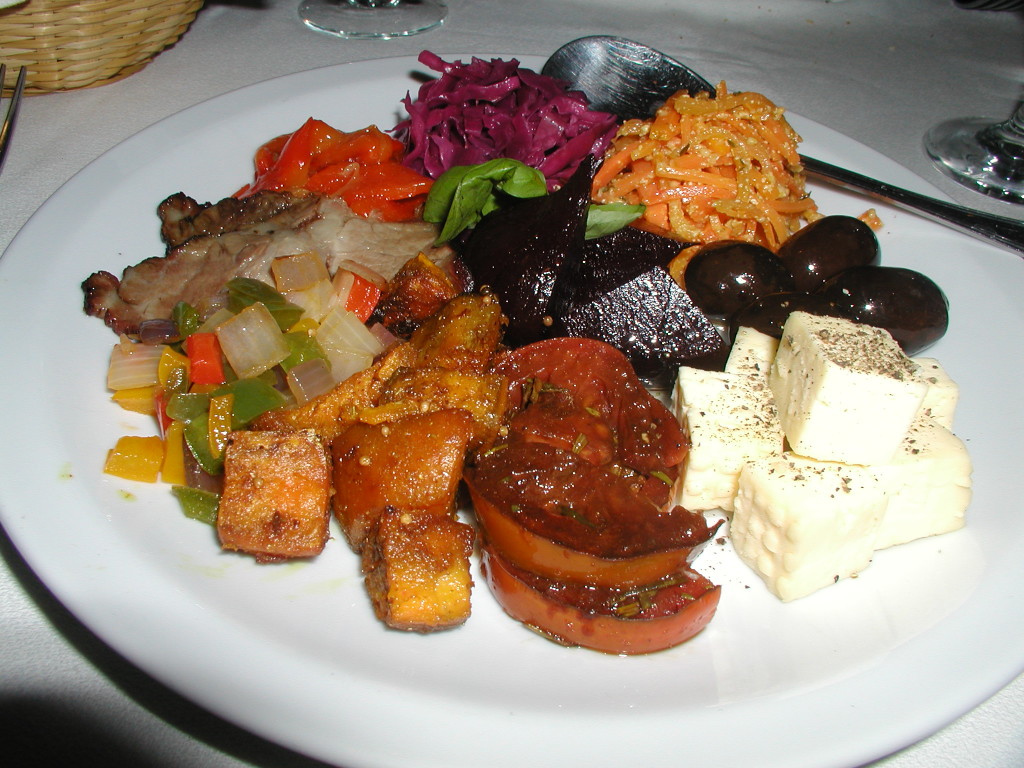
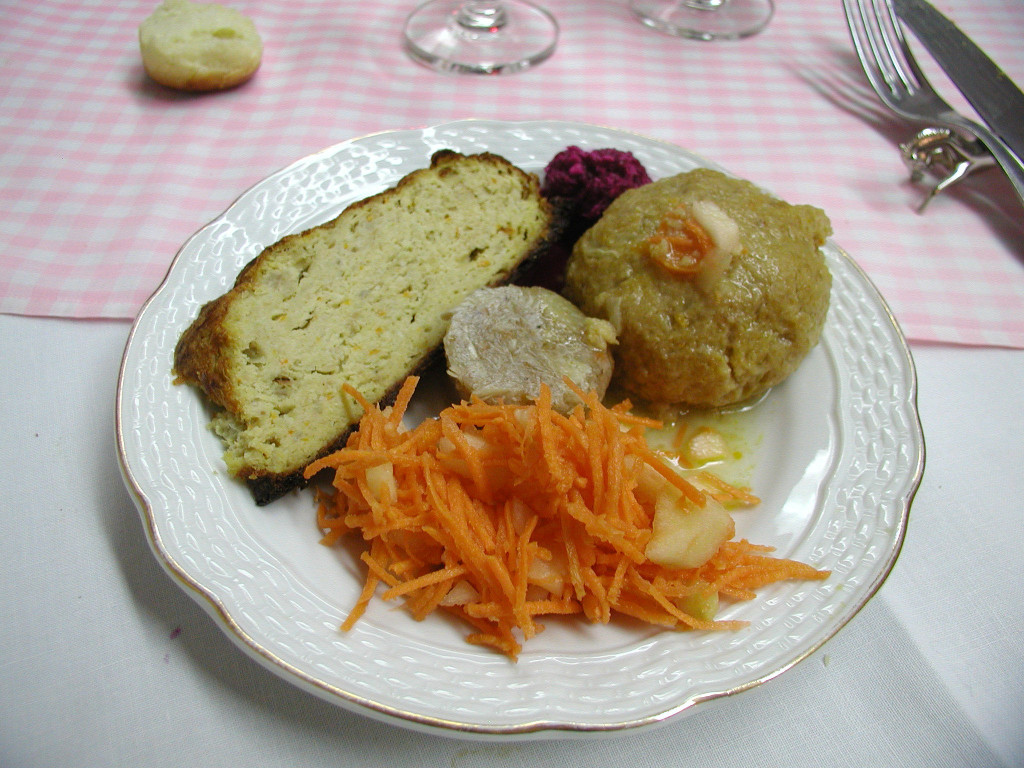



 The current darling of the die-hard foodie set is Sandor Ellix Katz and his books on fermentation. This one came to my attention first, if I recall correctly through Aki and Alex over at
The current darling of the die-hard foodie set is Sandor Ellix Katz and his books on fermentation. This one came to my attention first, if I recall correctly through Aki and Alex over at 
 I truly don’t remember how this one came to my attention. I’m sure it was in some article I was reading about the history of American cooking that probably mentioned it, and I found this
I truly don’t remember how this one came to my attention. I’m sure it was in some article I was reading about the history of American cooking that probably mentioned it, and I found this 




